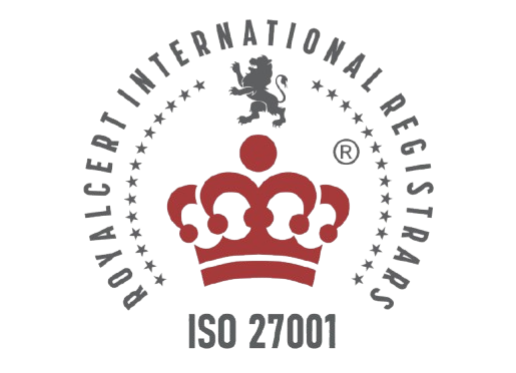Cost Optimisation in the Cloud: Tips and Tricks to Maximise Your Investment
- Aktios

- Jan 8
- 3 min read
Updated: Sep 16
This time we have decided to use a clickbait in the title, because this is a recurring theme in all projects. Recurrent theme in all projects. We all want to save money or be able to spend it on
what we think is best. The solution is easy, but, as in everything else, you have to get down to work. In this article we will go over some aspects that will help you in the process of help you in the process of cost optimisation in the cloud.
How understanding the bill helps to lower it enormously
We are not saying anything new when we say that, in order to optimise costs, it is necessary to understand and share sufficient information with all stakeholders. Understand and share sufficient information with all participants in our workloads (applications, environments, projects, etc.). Our workloads (applications, environments, projects, etc.). This allows us to make good decisions and encourage team collaboration in optimising spend.optimisation.
At first glance, this seems simple and self-evident. So why is it not being applied? It is an exercise in internal transparency, communication and teamwork.
Sound familiar? Well, many companies fail in all three areas. The financial manager, in this case, does not understand the cloud bill, and the technical team (developers, product owners, DevOps, etc.), does not understand the cloud bill. It is curious, because precisely the team that has the most capacity to make optimisation decisions is not involved in the process.
So here's the first trick: involve the whole organisation, understand the bill (or get help to understand it) and work together on strategies.
As you can see, it is not much of a trick.
Measure the efficiency of your architecture
Well, this is striking, but we have experienced it on many occasions. Do the following exercise: gather different roles from your teams and ask them to draw a diagram of your application's components and dependencies. You will see something surprising: no one has the whole picture. In a pay-as-you-go consumption model, knowing exactly each piece of the puzzle helps measure its performance, efficiency and impact on the bill. Invest more effort in those parts that are essential for optimisation. In short, we will know where the money is going, who are the people responsible for finding the optimisation strategy, and ultimately, we will be more efficient.
The ‘no trick’ would be: have documented high-level designs of all your workloads, a catalogue of their components and, most importantly, keep this information up to date and available to everyone. You will find that it is really expensive to omit this advice.
Cloud-native savings strategies
The supplier (who charges us) gives us tools for savings and useful optimisation tips. This is true, but it comes at a hidden price. For example, acquiring commitments to use and reserve resources allows us to get a better price, but binds us to that contract for a certain period of time (1 to 3 years). If done correctly, this can be a very lucrative savings, but if the type of engagement is not well thought through, it could turn out to be the opposite.
Another native savings strategy is the adoption of PaaS (Platform as a Service) vs IaaS (Infrastructure as a Service). PaaS is more expensive if we only take into account the estimation of the price calculator, but the indirect costs of IaaS services (operating system maintenance, patches, configurations, etc.) must be well known.
The decision between IaaS and PaaS can be discussed in more than one article, but in our experience with our customers, it is usually more related to technological maturity and costs. So our trick/advice is to consider the hidden and indirect costs when designing the services you consume in the cloud.
If all this sounds familiar and you've experienced it, it's not about giving up and going back to on-prem. It's funny, but many customers, at this point, consider it without remembering what drove them to flee the DPC. They don't remember that wars there were just as bloody. We tend to forget the bad and idealise the good.
Managing your cloud infrastructure with a focus on cost optimisation will not only reduce your bill, it will give you more control, more efficiency, more security and provide your teams with a strategic view of the business.
Sergio Jiménez Narbona
Cloud Architect





_edited_edited.png)
